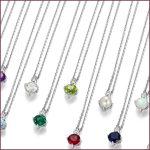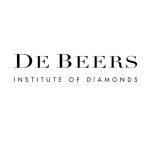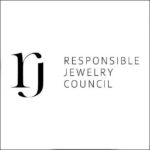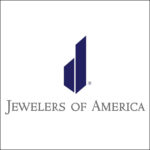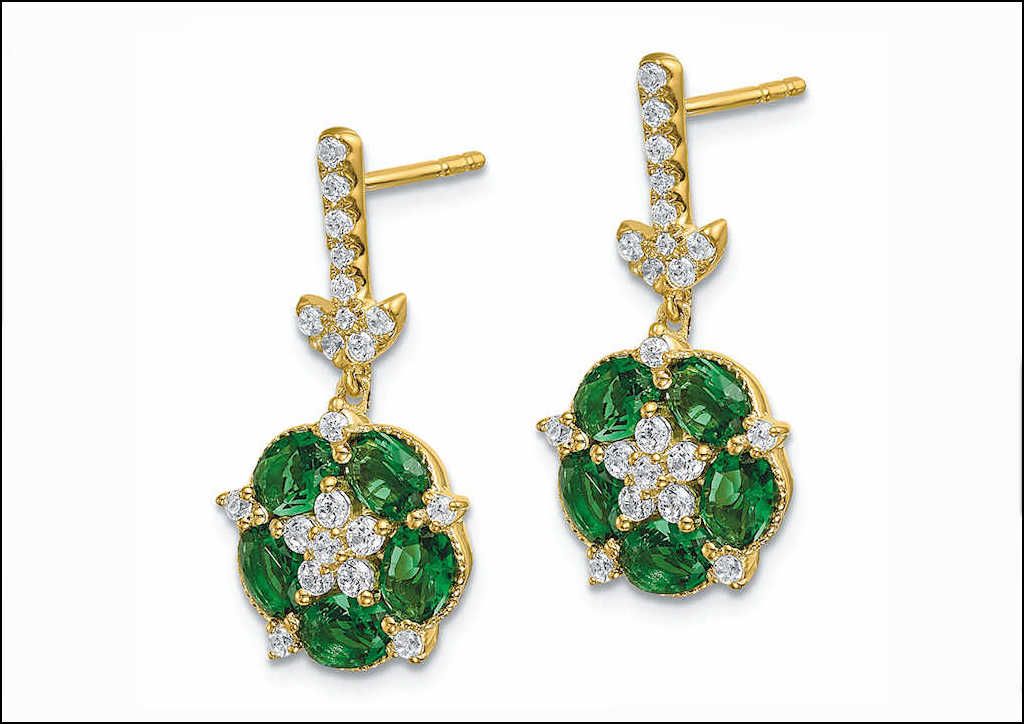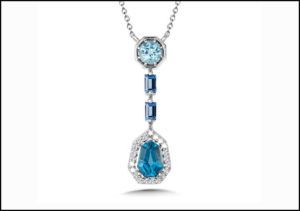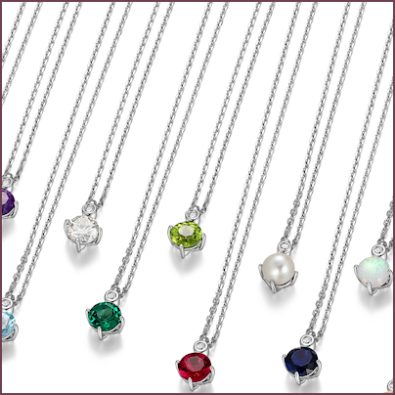Consumers Love Color Stones
What’s not to love about color gemstones?
The sheer variety in type, color, meaning, and more empower gems with the unique and individual ability to customize and personalize any piece of jewelry.
Mood-boasting, fashion-forward and statement-making, gemstones are in high demand among consumers in all categories including fashion, bridal, men’s, self-purchase, and youth jewelry, cites Liz Chatelain, president of MVI Marketing.
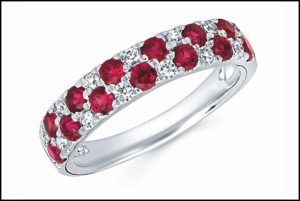 A study conducted by MVI Marketing in the fall of 2020 finds that gemstones capture more attention with younger consumers interested in buying precious stone jewelry, for both lifestyle/fashion and engagement/wedding reasons.
A study conducted by MVI Marketing in the fall of 2020 finds that gemstones capture more attention with younger consumers interested in buying precious stone jewelry, for both lifestyle/fashion and engagement/wedding reasons.
Over 93% of the more than 1,100 U.S. jewelry consumers polled love sapphire, ruby and emerald and more than 40% recently purchased these gems, with nearly 70% likely to buy them in the next two years.
Gem sales have been trending up, and the margins with color are higher than those realized with diamonds. In a companion survey of 50 jewelers, over 92% of manufacturers see margins of 40% with color versus 30% with diamonds; 75% of retailers cite margins of 65% with color versus 33% with diamonds.
Promising for the growth of the gem category — which represents just 9% ($2.4 billion) of U.S. specialty jeweler sales totaling $27 billion, versus diamonds capturing 54% ($14 billion) — is that over 60% of consumers say they want to see more color stone jewelry across all product categories in jewelry stores.
Marketing Multiple Messages
From fashion and folklore to family and self-actualization, gemstones represent different things to different people. Individual colors, specific stones, and compelling combinations bring people to the gemstone category. There are limitless opportunities for jewelers to merchandise and market color in fine jewelry design, cheers Theresa Namie, merchandise manager for Ostbye.
Discussing gem-set jewelry in terms of the latest fashions resonates with style-conscious women, who like to stay on trend, especially those looking for true statement pieces, says Namie. She advocates lifestyle imagery as effective on social media, as well as in store to inspire ideas for how women can transform their own wardrobes. Capitalize on broader style conversations by highlighting gemstone designs that work with popular fashions and seasonal wardrobes.
Create stories that get consumers thinking about color in new and different ways. Pantone is one way of discussing popular colors and exciting color combinations. Siera Burt, graphic designer and marketing coordinator for SDC Creations, finds nature, especially references to favorite flowers, a way to express color and personality when marketing and merchandising gemstones. Think aquamarine and baby’s breath (Spun Sugar), moganite and peony (Gossamer Pink), pink sapphire and tulip (Innuendo), blue sapphire and forget-me-not (Skydiver), citrine and daffodil (Daffodil), blue topaz and hydrangea (Glacier Lake and Harbor Blue), amethyst and foxglove (Dahlia), garnet and poppy (Poinciana).
Roopam Jain, president of the branded division of Jewelmark, a Renaissance company, producer of the Disney Enchanted jewelry line, connects colors and different gemstones with various female characters in Disney storylines, such as amethyst for Ariel, rhodolite garnet for Mulan, London Blue topaz for Cinderella, and aquamarine for Elsa.
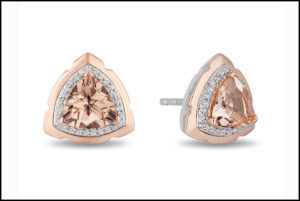 Burt encourages jewelers to craft messaging that empowers female shoppers. “Gem-set jewelry is as independent and bold as the women buying their own jewelry.” She shares examples of messaging: “Make an Impact,” “Your New Statement Look,” “Be Bright & Bold,” and “A Spectrum of Possibilities.”
Burt encourages jewelers to craft messaging that empowers female shoppers. “Gem-set jewelry is as independent and bold as the women buying their own jewelry.” She shares examples of messaging: “Make an Impact,” “Your New Statement Look,” “Be Bright & Bold,” and “A Spectrum of Possibilities.”
It’s not just women buying colorful jewelry, but men as well. In a Nov. 23, 2021, article “Men Are Buying More Fine Jewelry Pieces, Here’s Why” Women’s Wear Daily reports a rise in self-gifting men, searching for self-expression post-pandemic. WWD cites “a new appetite for daring, experimental and personalized pieces, with fine jewelry booming.” Among the styles mentioned: colorful gemstones, beads, pearls, and enamel — inspired by broader access to sportsmen, musicians and social media stars sporting bold, colorful jewelry. Ann Grimmett, vice president of merchandising at Jared, told Forbes the same month that “the men’s business is on fire.” In addition to gold chains, black diamond studs and gem bead bracelets are among the bestsellers. The jeweler also anticipates pearls will be trending for men in 2022.
Marketing Transparency & Sustainability
A key takeaway from MVI’s gemstone study is that jewelry consumers consider responsible sourcing in their purchase decision. More than 40% find it very important to know country of origin for color gemstones, and nearly 50% find it very important to know that workers at a mine or cutting factor are treated well.
The Plumb Club Industry & Market Insights 2021 report also finds most consumers care that their jewelry is responsibly sourced, sustainable and ethical in its journey to market. Over 1,000 U.S. jewelry consumers were asked in early 2021 how important those things were to their purchasing decision. On a scale from one to 10 (10 most important), 20% rated them a 10, with the average ranking of 6.5, finds TPC Insights. Nearly three quarters of respondents say they’re willing to pay more for a sustainably sourced product, 26% say a lot more.
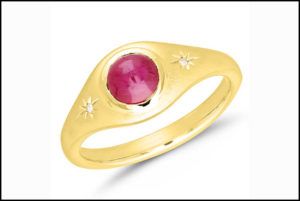 Answering the desire of consumers looking for sustainability and transparency in their brands, Original Design Inc. (ODI) launched a new gemstone collection, LOVEFIRE, with Greenland rubies and pink sapphires in jewelry designed for Gens Y and Z. Each piece comes with a card guaranteeing the origin of the gemstones, tracked mine-to-market, with a portion of sales supporting environmental initiatives in Greenland through the Pink Polar Bear Foundation. ODI, a Taché Alliance company, is a certified member of the Responsible Jewelry Council, as is Greenland Ruby.
Answering the desire of consumers looking for sustainability and transparency in their brands, Original Design Inc. (ODI) launched a new gemstone collection, LOVEFIRE, with Greenland rubies and pink sapphires in jewelry designed for Gens Y and Z. Each piece comes with a card guaranteeing the origin of the gemstones, tracked mine-to-market, with a portion of sales supporting environmental initiatives in Greenland through the Pink Polar Bear Foundation. ODI, a Taché Alliance company, is a certified member of the Responsible Jewelry Council, as is Greenland Ruby.
The quest for sustainable products has attracted consumers, especially younger generations, to lab-grown diamonds and gems, says Cora Lee Colaizzi, marketing director for Quality Gold. “Consumers have a real appreciation for the technology, and like that they can get a bigger, better stone for their money.” Demand from retailers for finished jewelry set with created color stones continues to grow, most notably for ruby, emerald, sapphire, and Paraiba tourmaline.
Color is Personal & Customizable
Gemstones represent personality traits, birth or anniversary months, and evoke personal emotions that explain why they cast such a wide net of intrigue and desire. Gemstones are the perfect jewelry design elements to customize any piece. Think monograms, initials, charms, signet styles, and more.
Every day of every month a child is born, and a birthday and wedding are celebrated. The conversation is not seasonal, but daily, and year-round. Color stones, and birthstones in particular are timeless staples to customize jewelry, and the younger generations are interested in different gems to express subtle messaging and tap into crystal healing energy that empowers the wearer.
It’s not surprising that Gens Y and Z are open to color stones for their engagement and wedding rings to symbolize the history and personality of the couple in some way. Jewelers can really pop their bridal displays adding color.
Targeted education and sales training about color stones is key to growing gem sales across product categories, say jewelry manufacturers and retailers surveyed by MVI, who indicate that they intend to spend more time and resources on promoting color moving forward.
Colaizzi hails color stones, natural or lab-created, the new way to customize fashion, gift and wedding jewelry.
